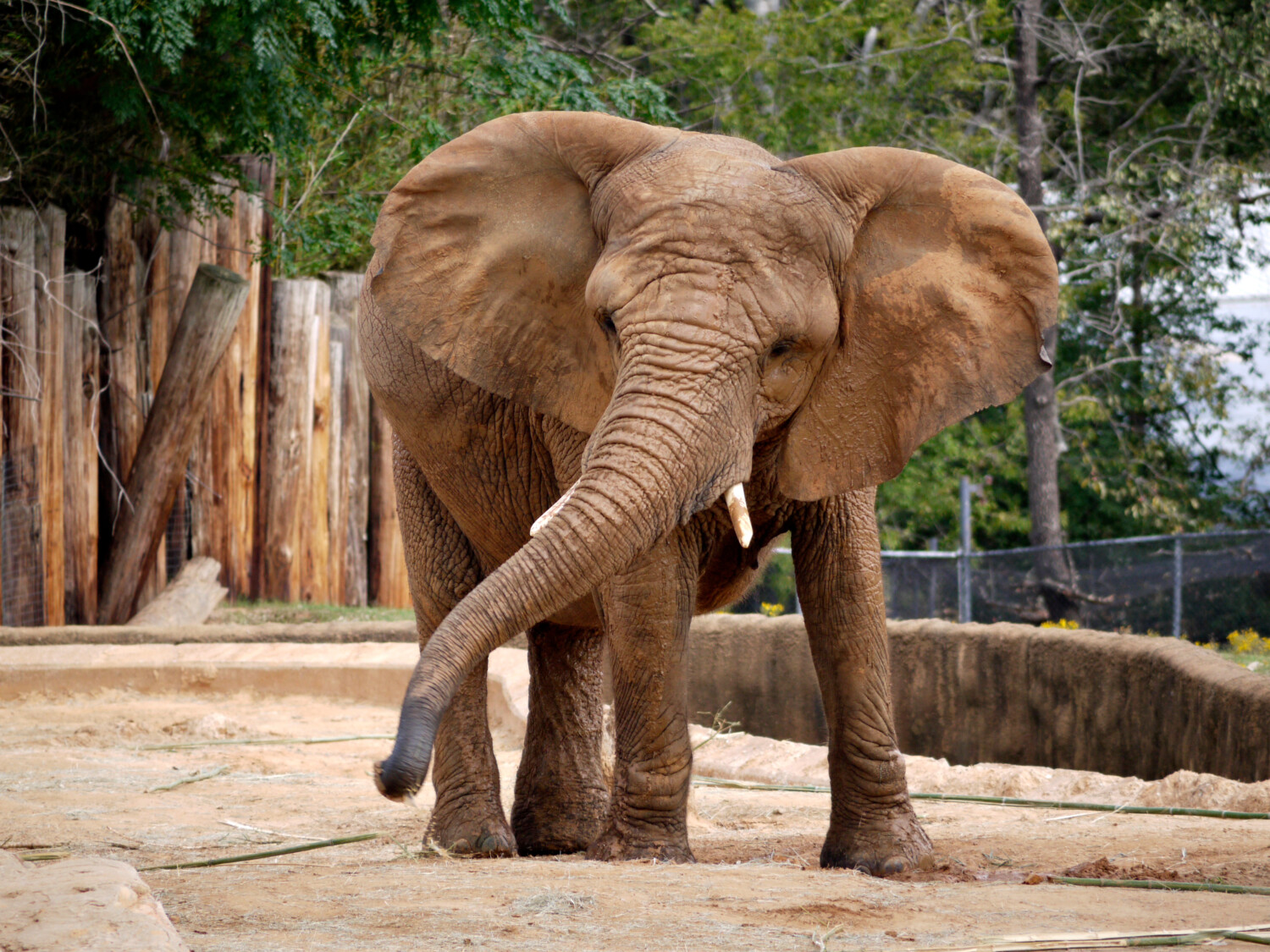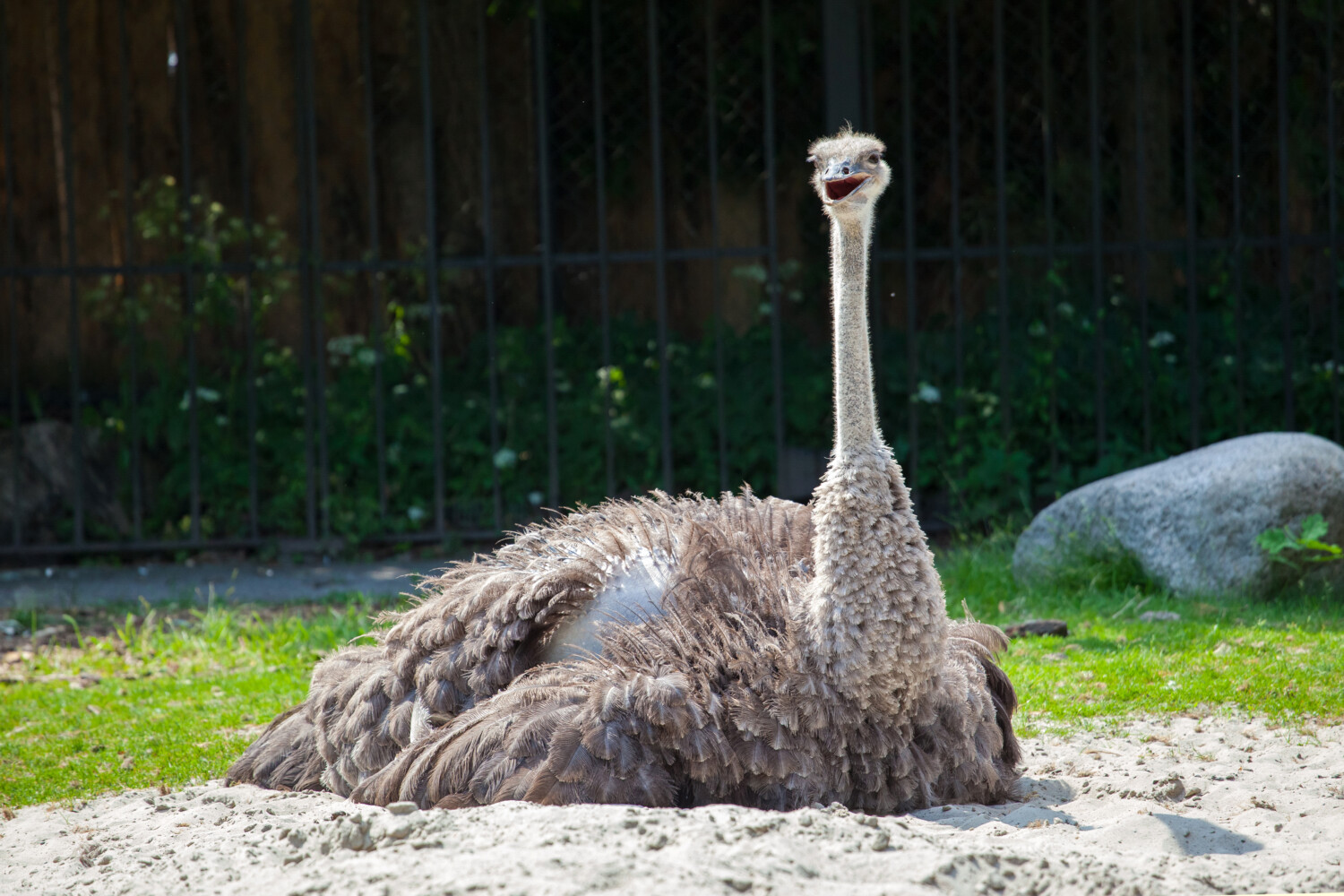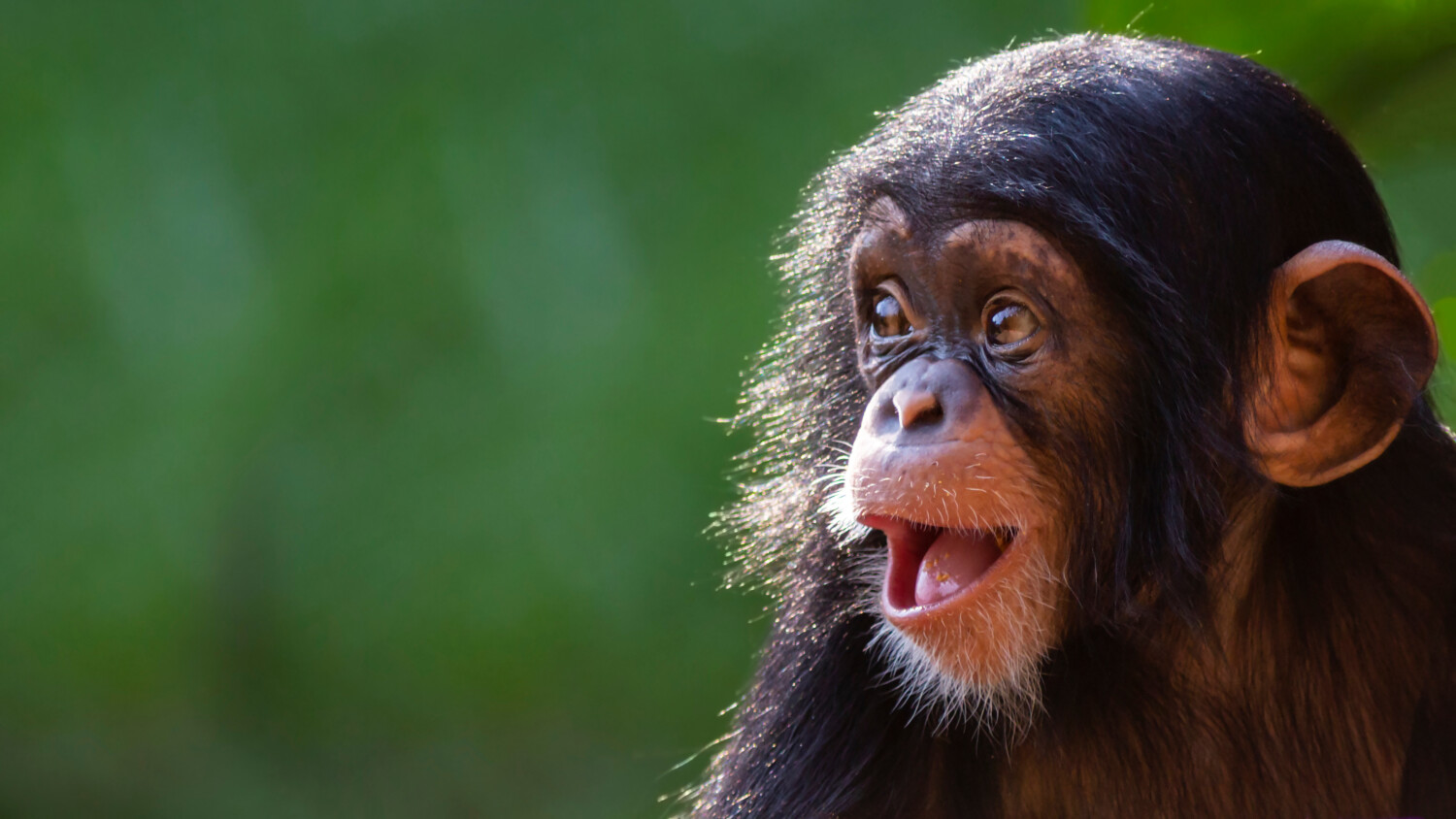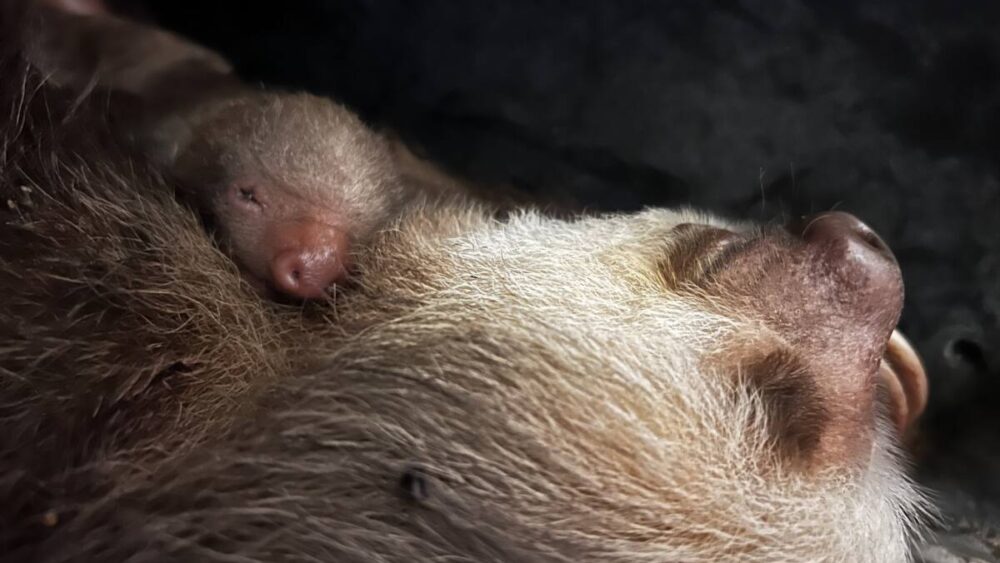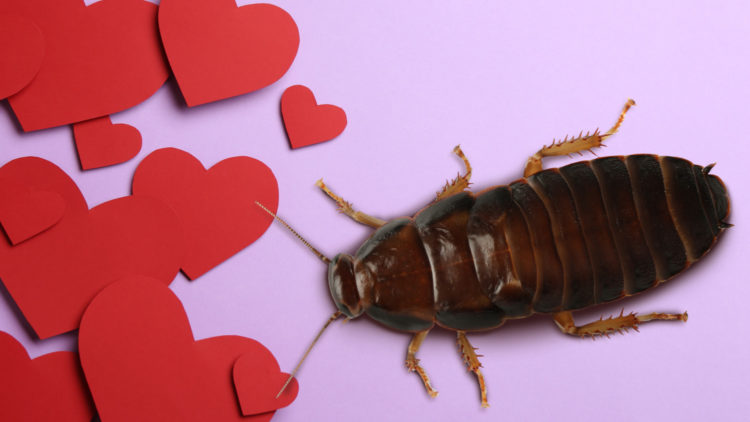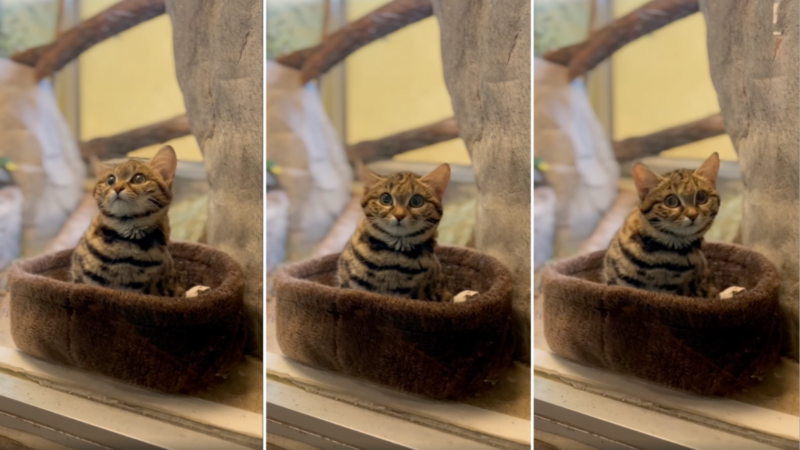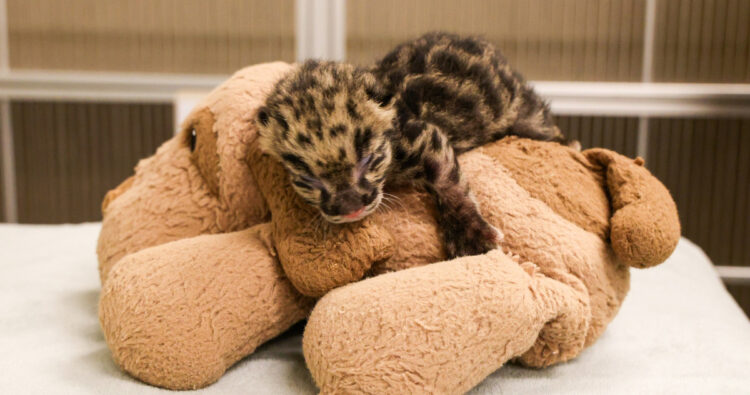Study reveals which zoo animals enjoy seeing human visitors, and which don’t
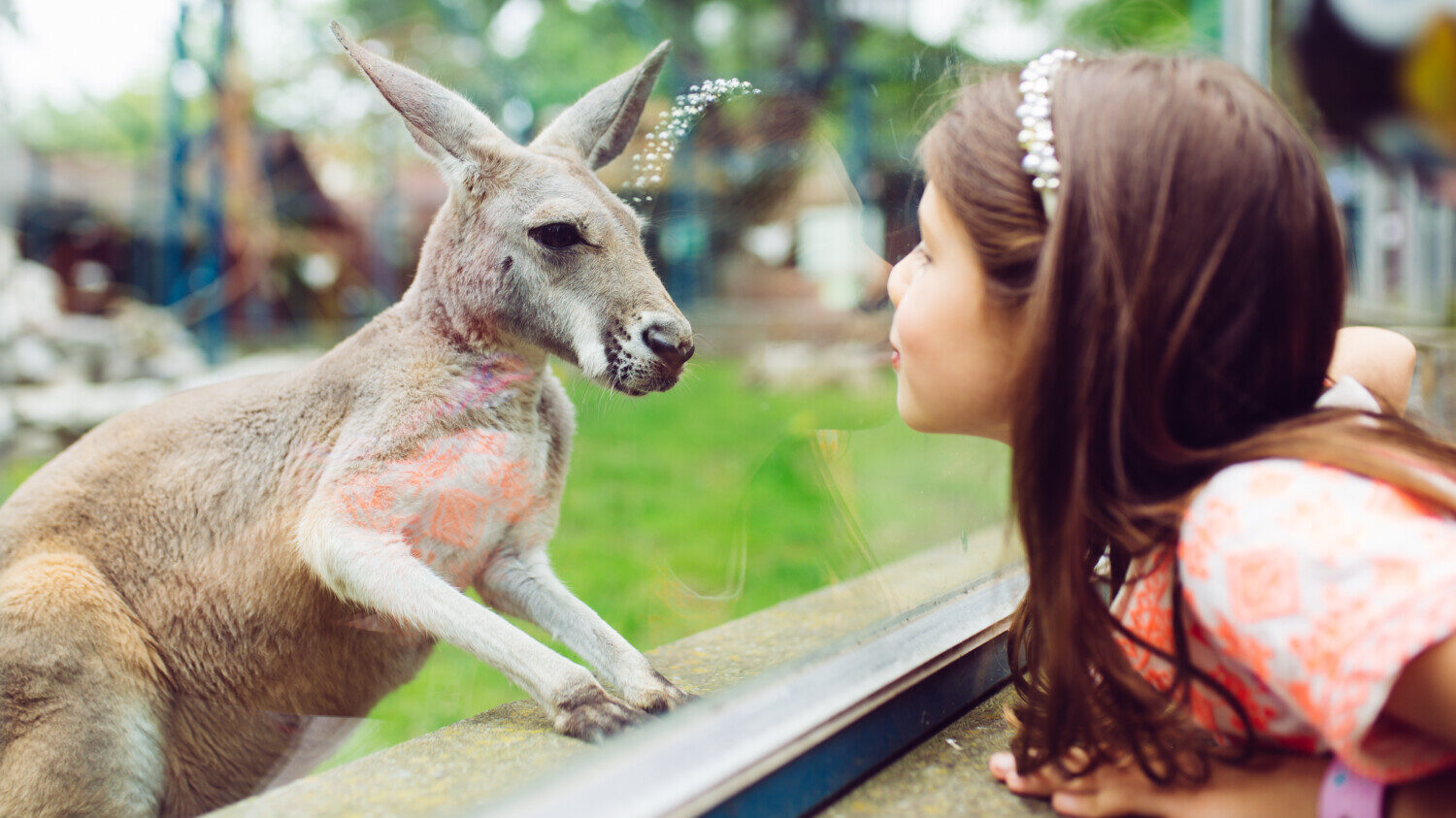
We go to the zoo because we like being in the presence of wild animals. But do they like to be around us? A study from researchers at Nottingham Trent University, Bolton University and Harper Adams University in the U.K. has sought to find out the answer.
The researchers looked at previous research about more than 250 animal species to see how their behavior changed in the presence of humans. They focused on non-primate species (so, no monkeys, apes or lemurs) and instead studied other mammals (56%), birds (28%) and a small number of amphibians, fish, reptiles and invertebrates.
For most of the animals studied, the response to people was more or less neutral. However, in 17%-38% of the cases observed, the researchers recorded reactions that were either positive or negative.
In analyzing the previous research, the animal behaviorists took note of how the presence of humans affected the way the animals moved around their enclosure space, feeding, resting and socialization, classifying them individually as positive or negative. For example, certain repetitive behaviors like pacing, which can indicate boredom, were classified as negative reactions. Socialization could be positive or negative depending on the specific behavior.
MORE: The National Zoo welcomed a new baby gorilla and the photos are precious
They were also able to gain information about physical changes such as body weight, heart rate and breathing in some situations. With all this information, they deduced which animals liked having us around.
MORE: Watch these elephants do yoga at the Houston Zoo
Some of the most significant positive reactions came from elephants. During public feedings, their level of social activity rose and repetitive actions decreased. They also did more foraging in the presence of humans. Perhaps these positive reactions shouldn’t be too surprising, since elephants are known to be empathetic.
But Leith Meyer, director of the Centre for Veterinary Wildlife Studies and associate professor in veterinary and pharmacology at the University of Pretoria, told Africa Check that elephants’ reactions to humans in zoos may simply be a matter of conditioning. Elephants are among the smartest animals, and those in zoos have become used to people and rely on them for food. Naturally, they are happy to see us coming! However, the study also pointed out that because elephants can be dangerous, they are generally separated from the public through substantial barriers, which may reduce opportunities for negative interactions.
Other animals that definitely perk up around humans are birds of the parrot family. For example, cockatoos were observed to become more social when people visit their enclosures.
Rounding out the list of animals that responded positively to humans were cheetahs, jaguars, penguins, grizzly bears, polar bears, servals (a cat), banteng (a type of cattle) and black-tailed prairie dogs. However, study authors noted that the results from animals other than elephants and parrots must be interpreted with caution, since there were smaller numbers of them to study and extrapolate from and differences in individuals, care, or enclosure design might affect the results.
MORE: Cincinnati Zoo welcomes new baby sloth
Meanwhile, the presence of humans had a seemingly negative effect on hedgehogs, marsupials, flightless birds, odd and even-toed ungulates (such as giraffes and antelopes), ostriches and tuatara (reptiles). So, if you ever see a zoo ostrich flop to the ground (the head-in-the-sand thing is a myth) you can go ahead and take it personally.
Overall, though, the researchers were heartened by the findings — even the fact that most animals didn’t react to humans at all.
“In elephants and birds it was encouraging to see a reduction in those repetitive behaviors towards something more positive in the presence of people, although the absence of change in the majority of species was also really good because it suggests enclosure design is changing to better support animals in responding to visitors,” said Dr, Ellen Williams, the study’s primary author and a zoo animal welfare scientist at Harper Adams University.
The study omitted primates in part because so much research has been done with the various species in this order. But if you’re wondering how people affect the behavior of primates, a study from last year by some of these same scientists found that when zoos reopened after COVID-mandated closures last year, the influx of people appeared to stimulate the chimpanzees and baboons — and also had a positive effect on bonobos and gorillas.


